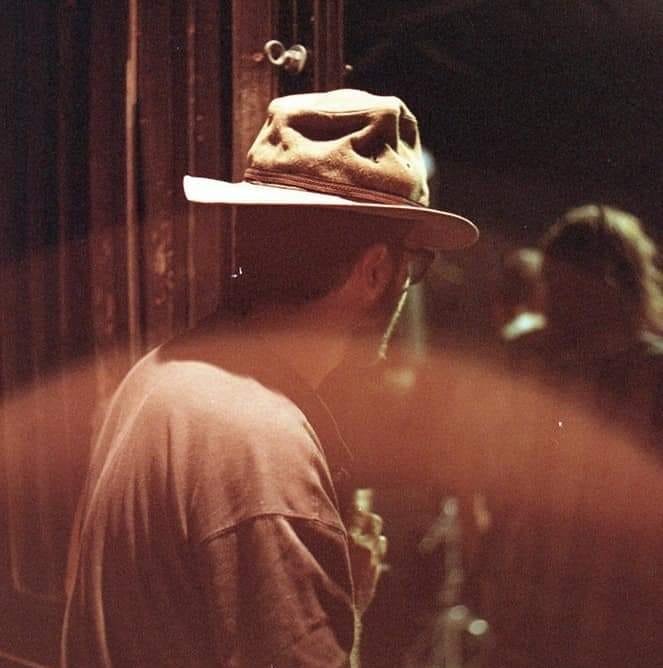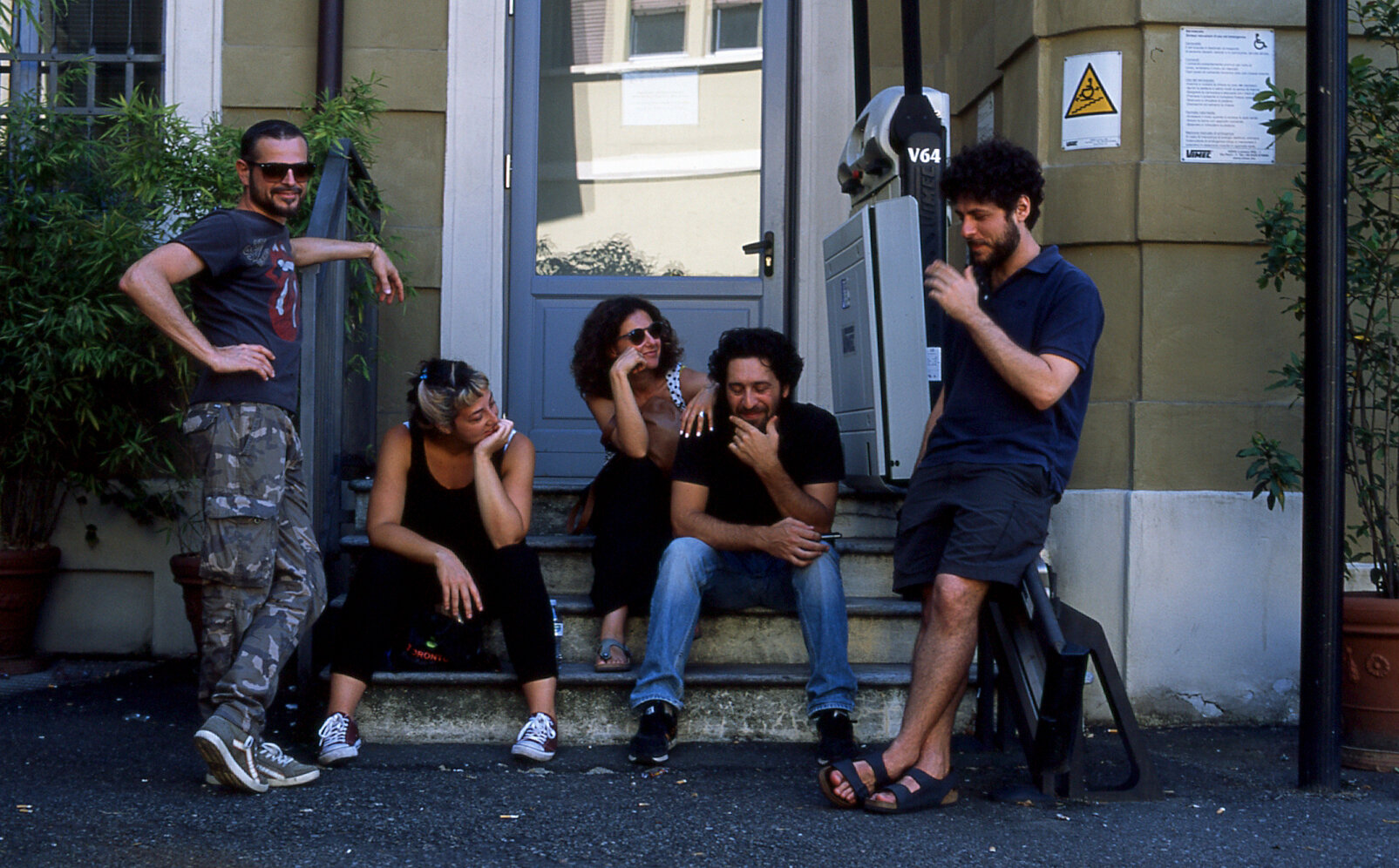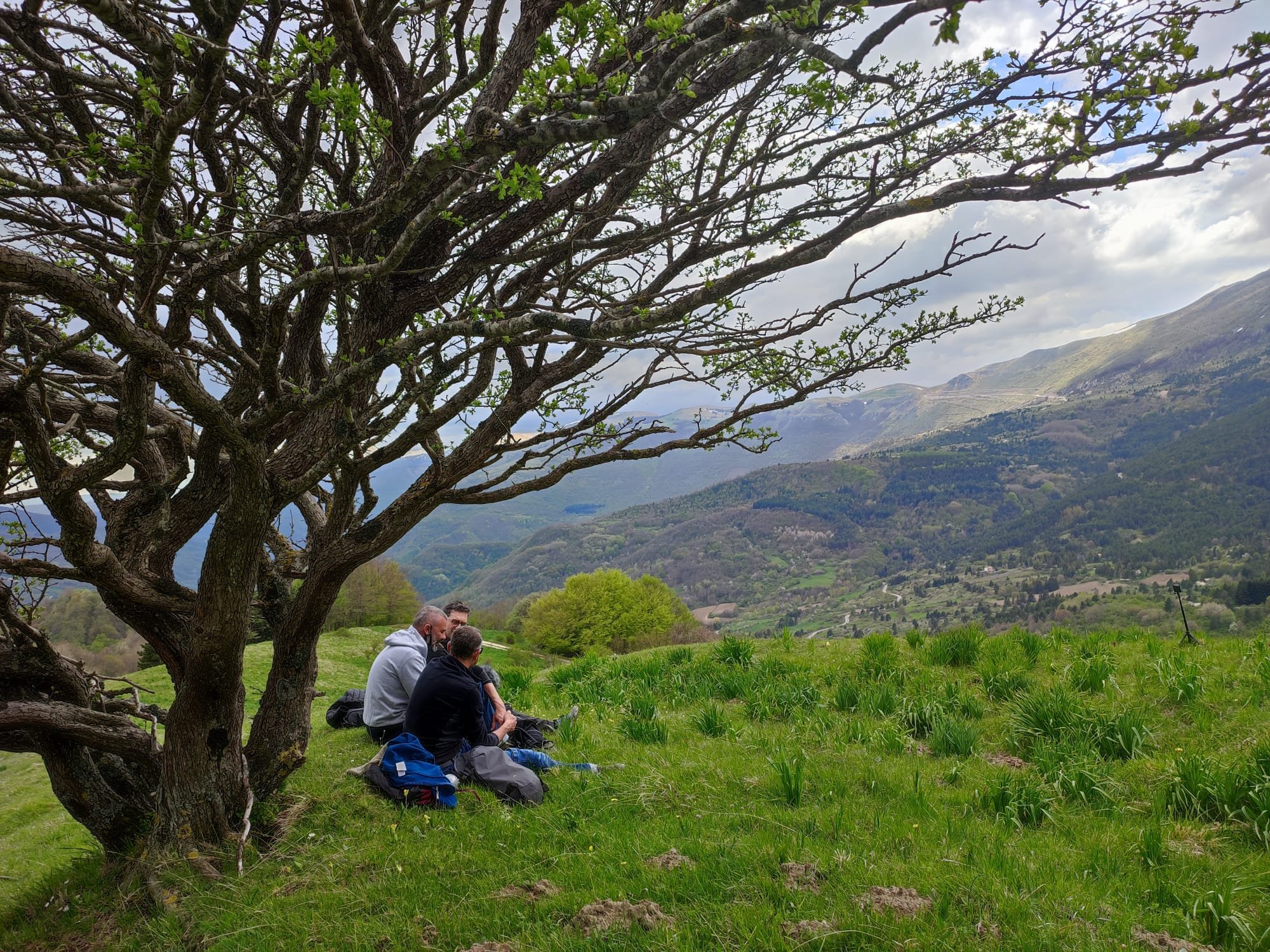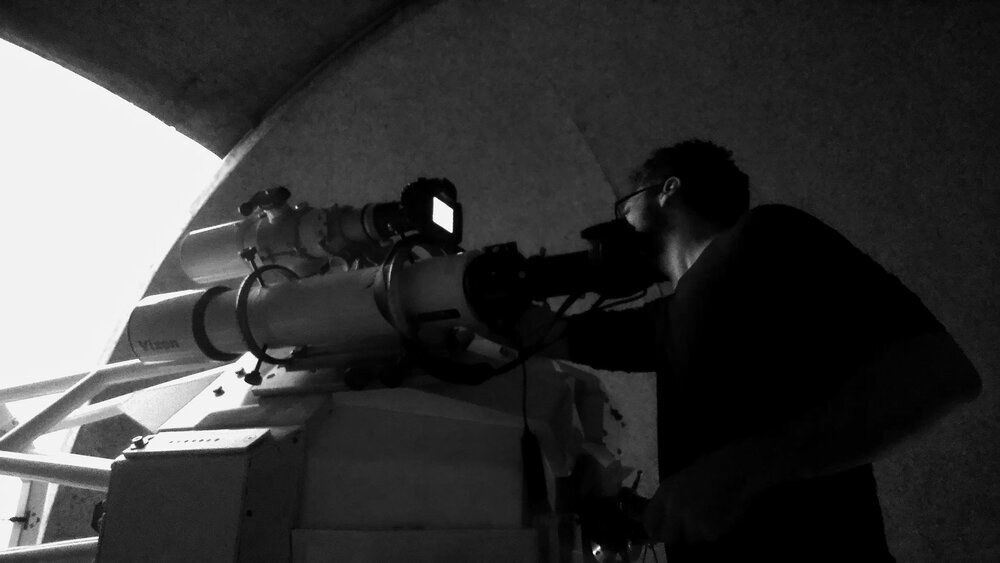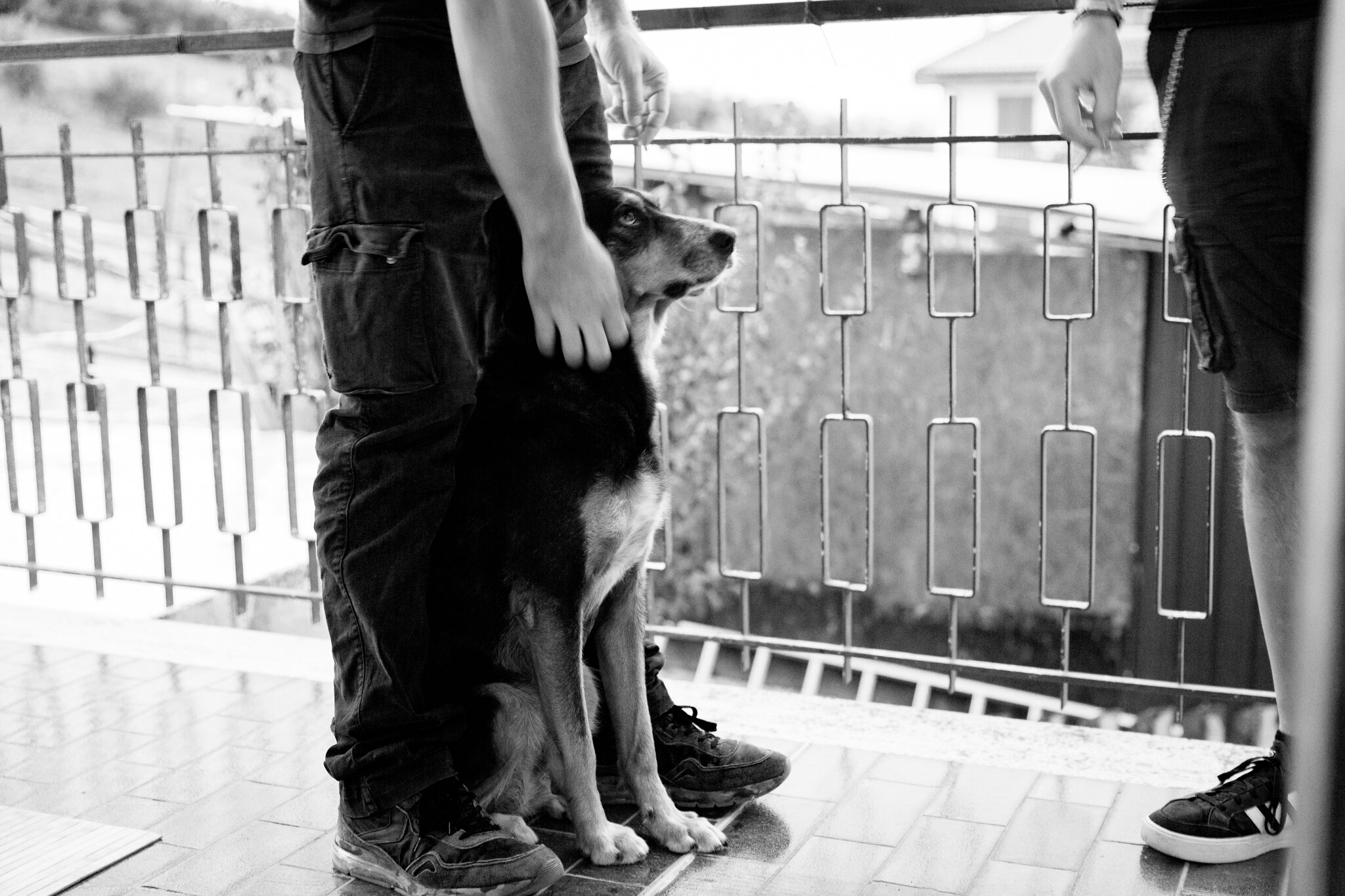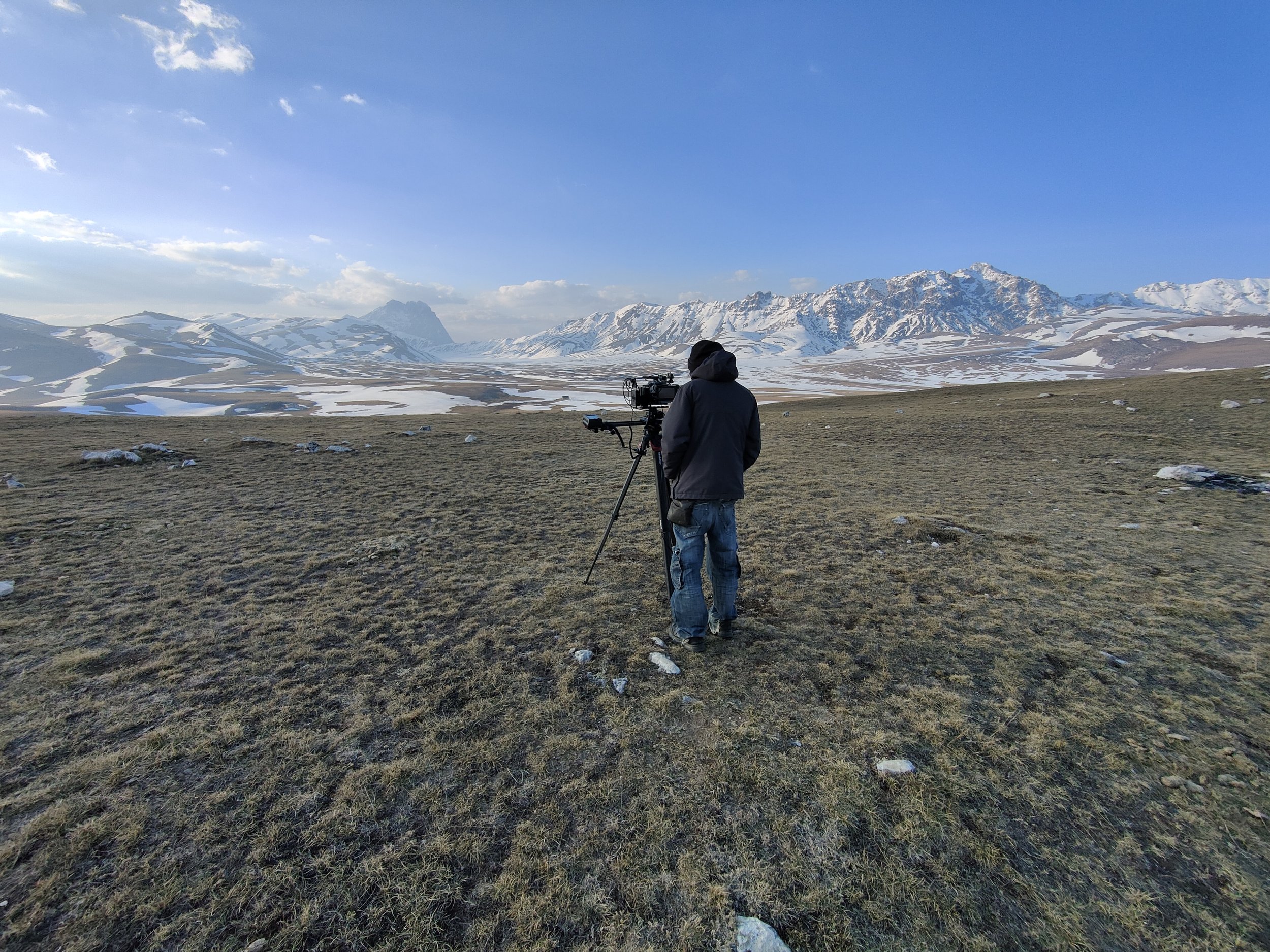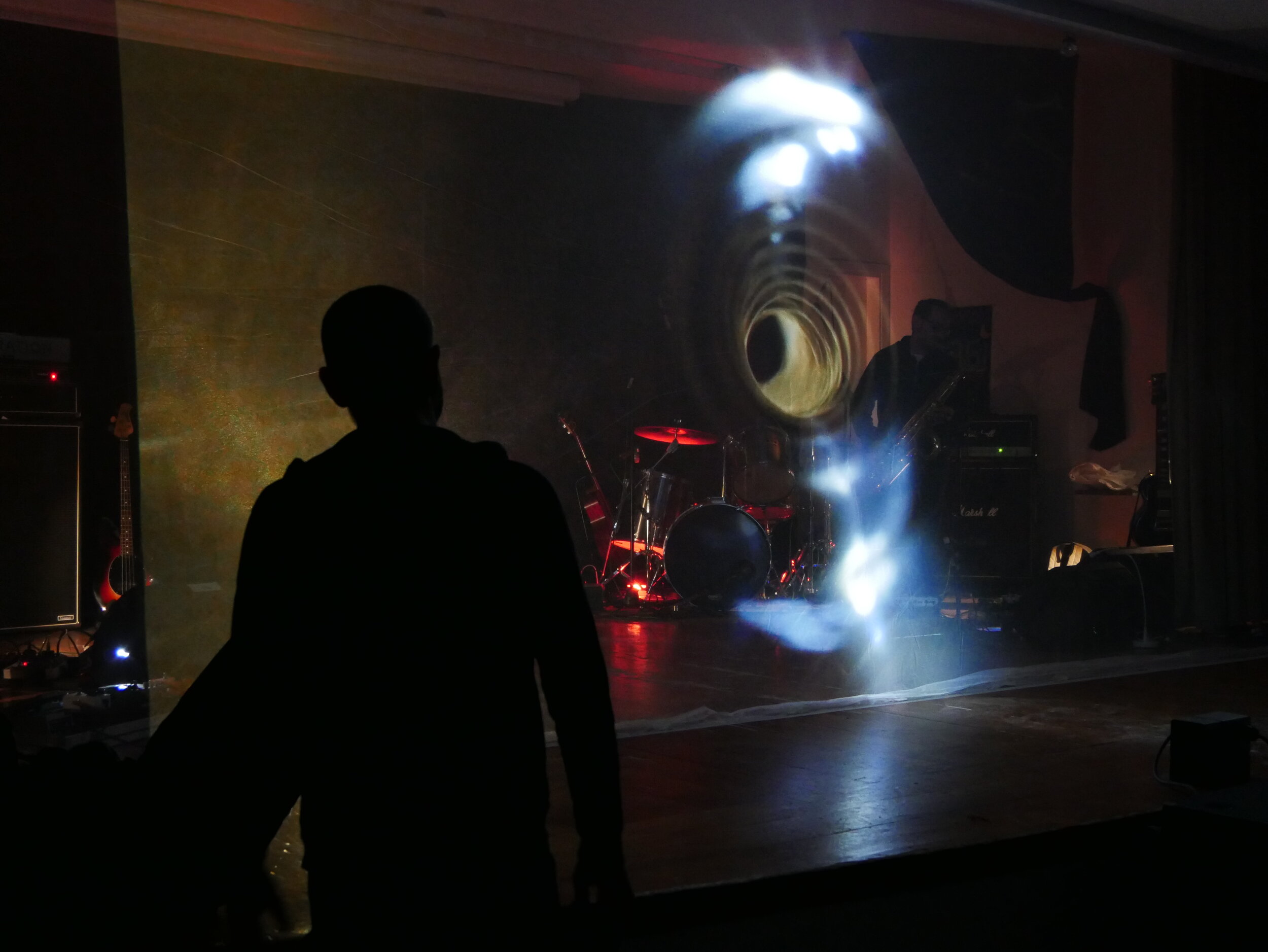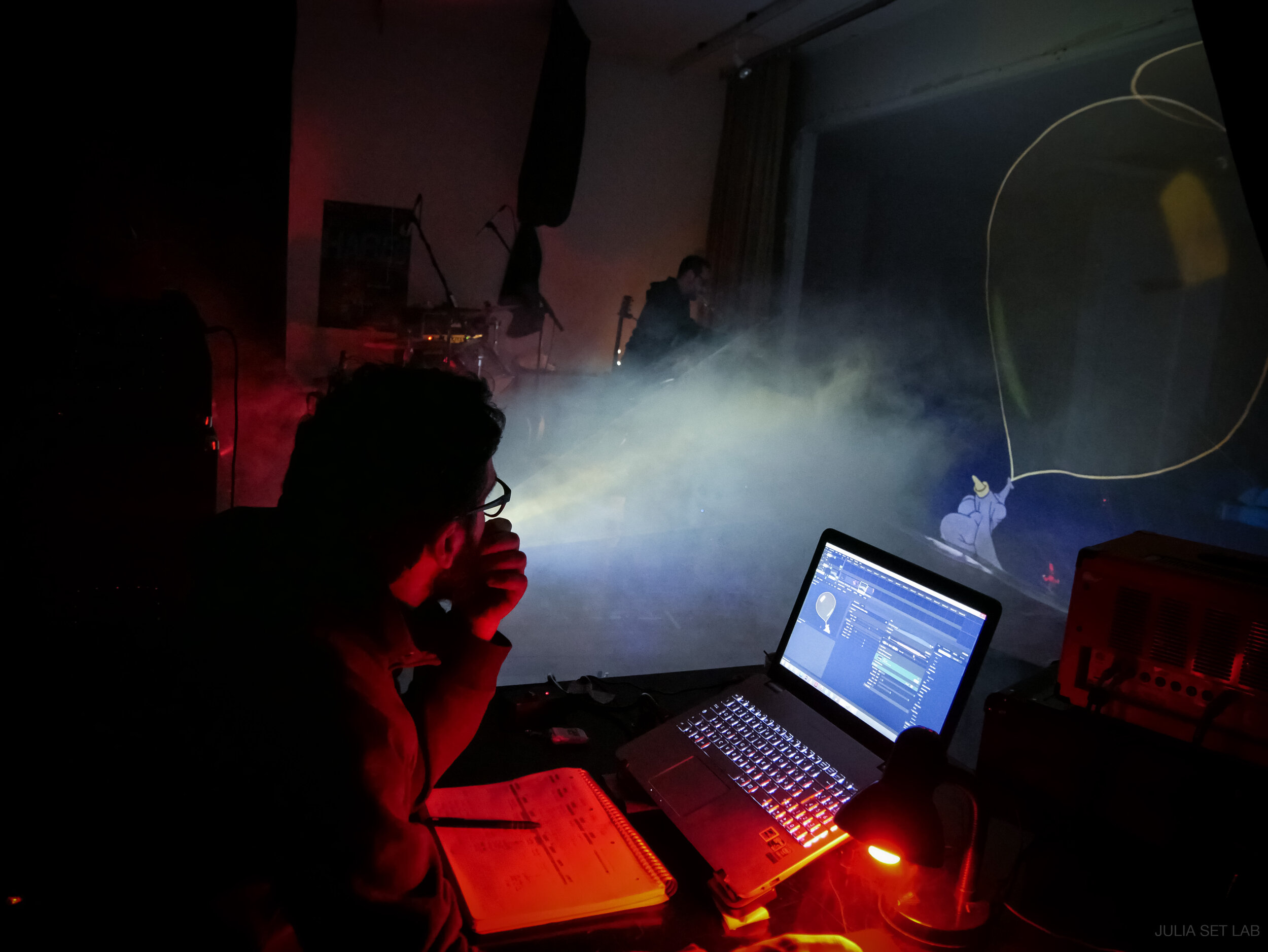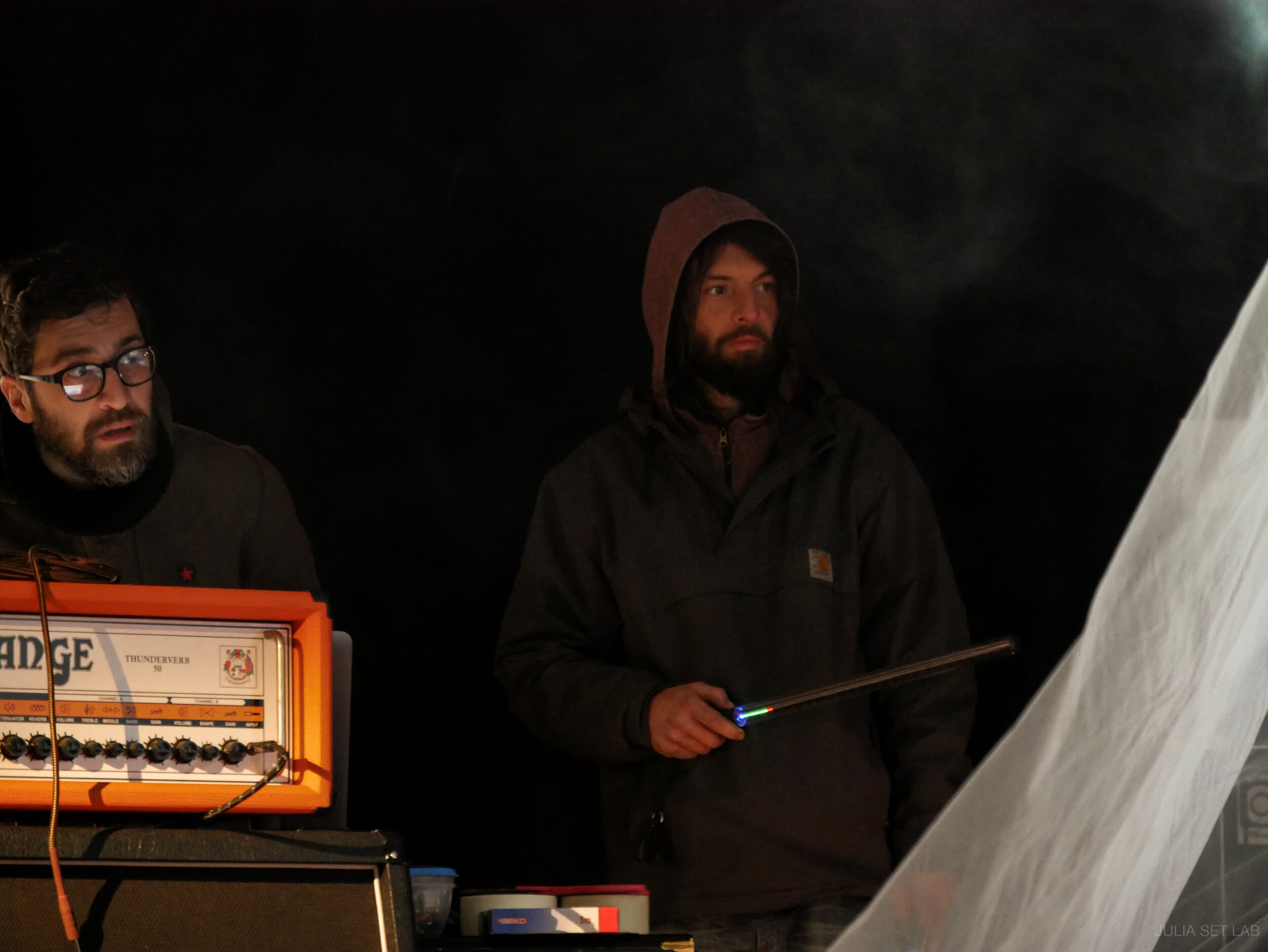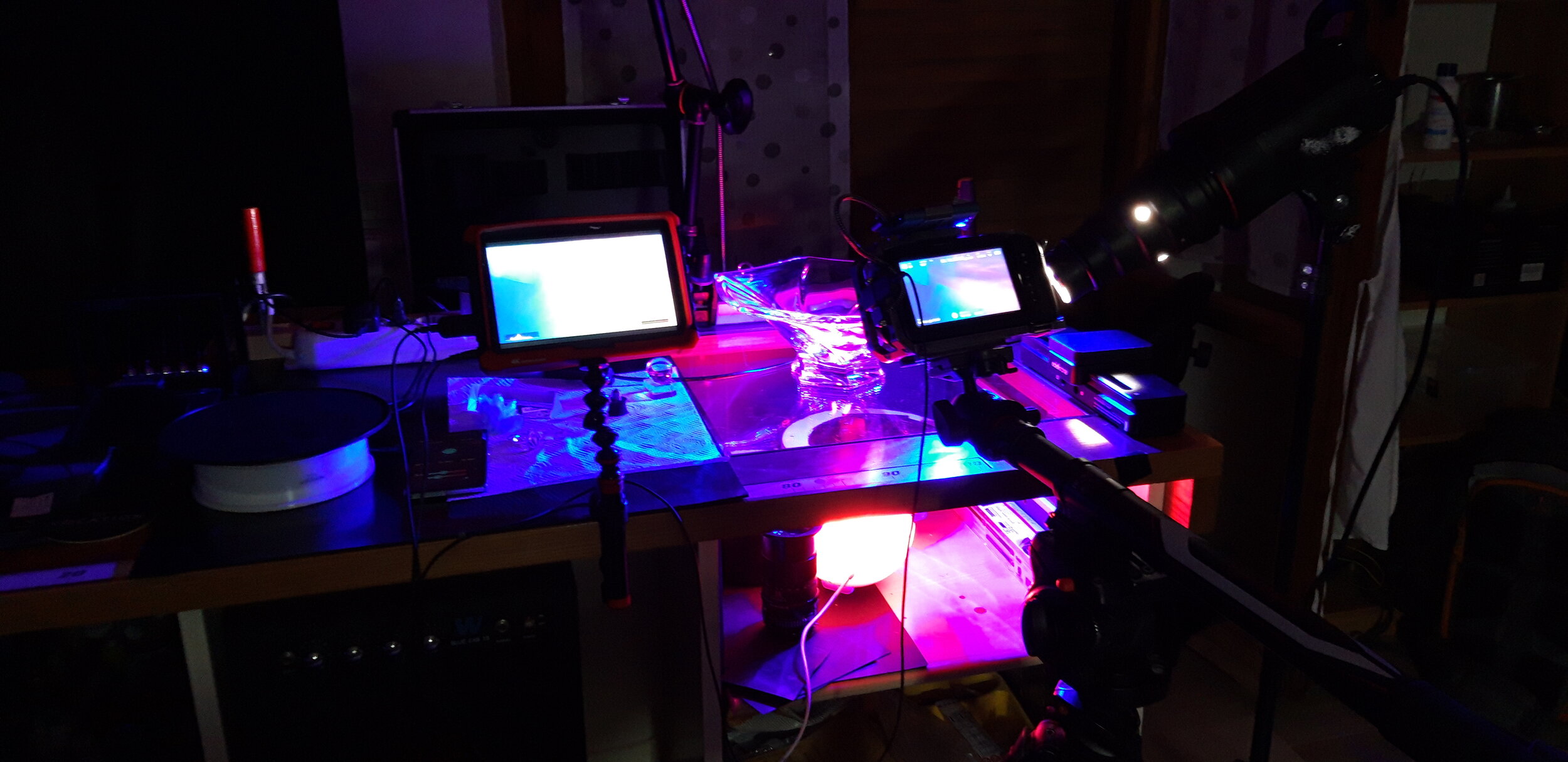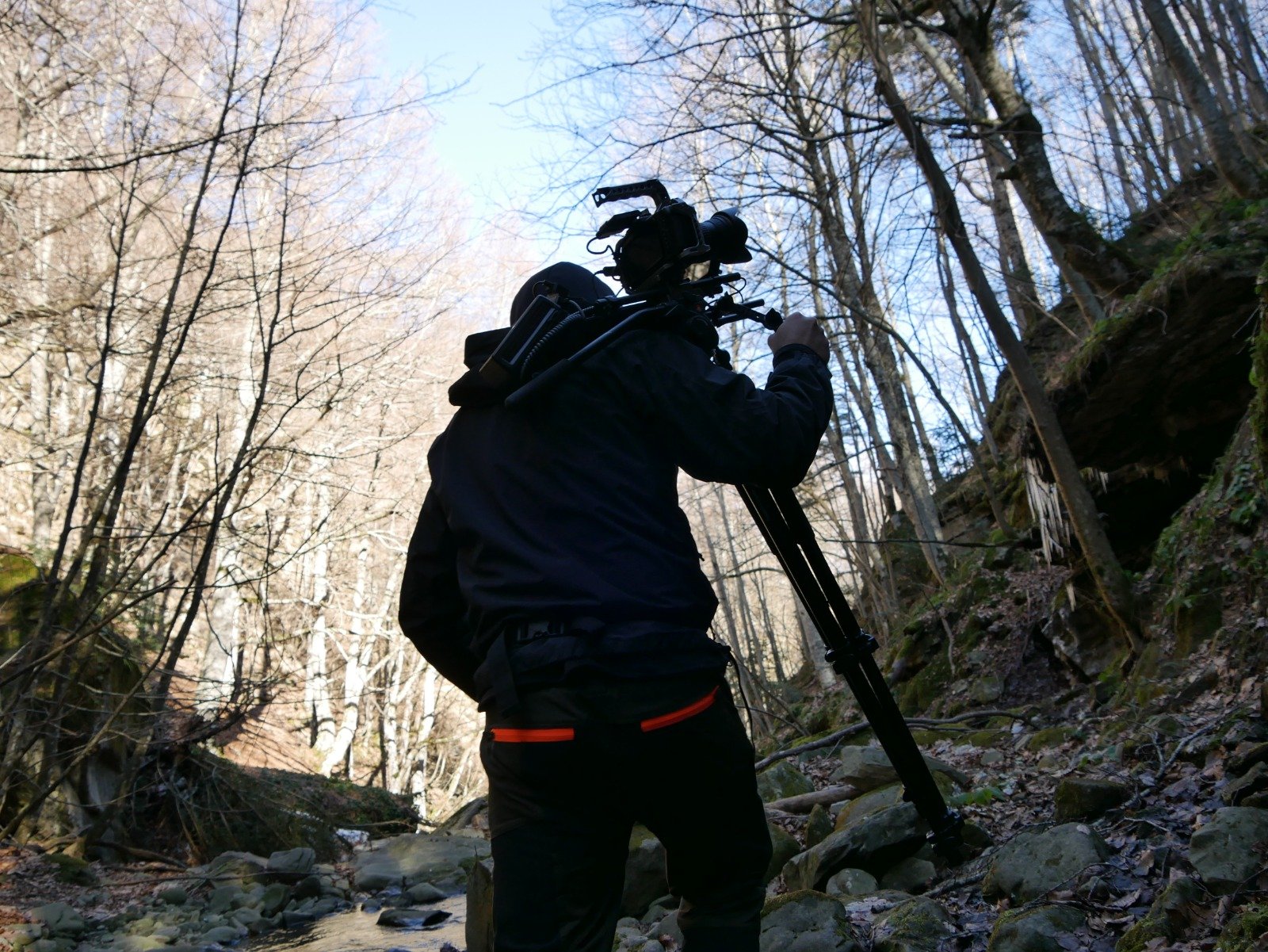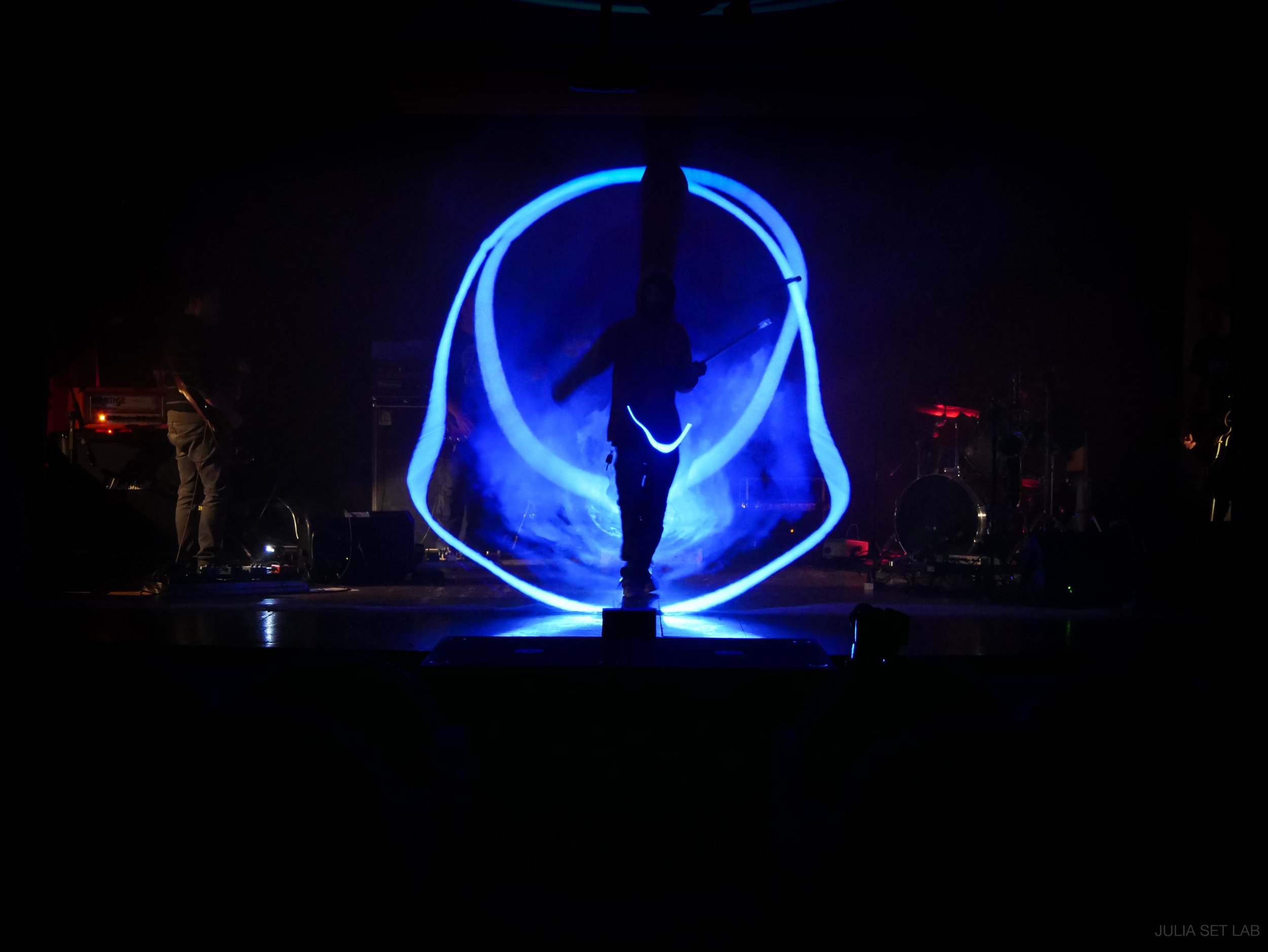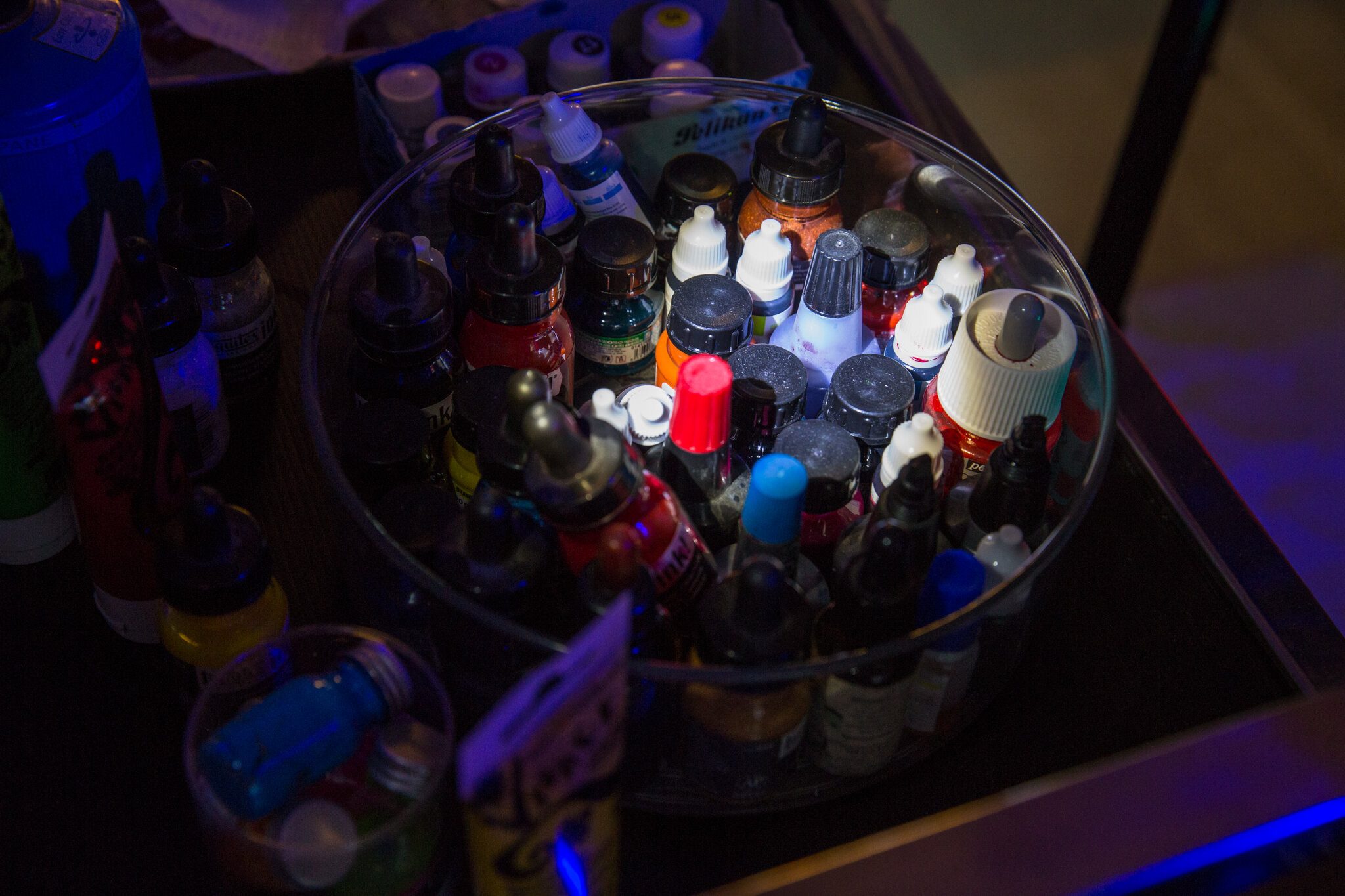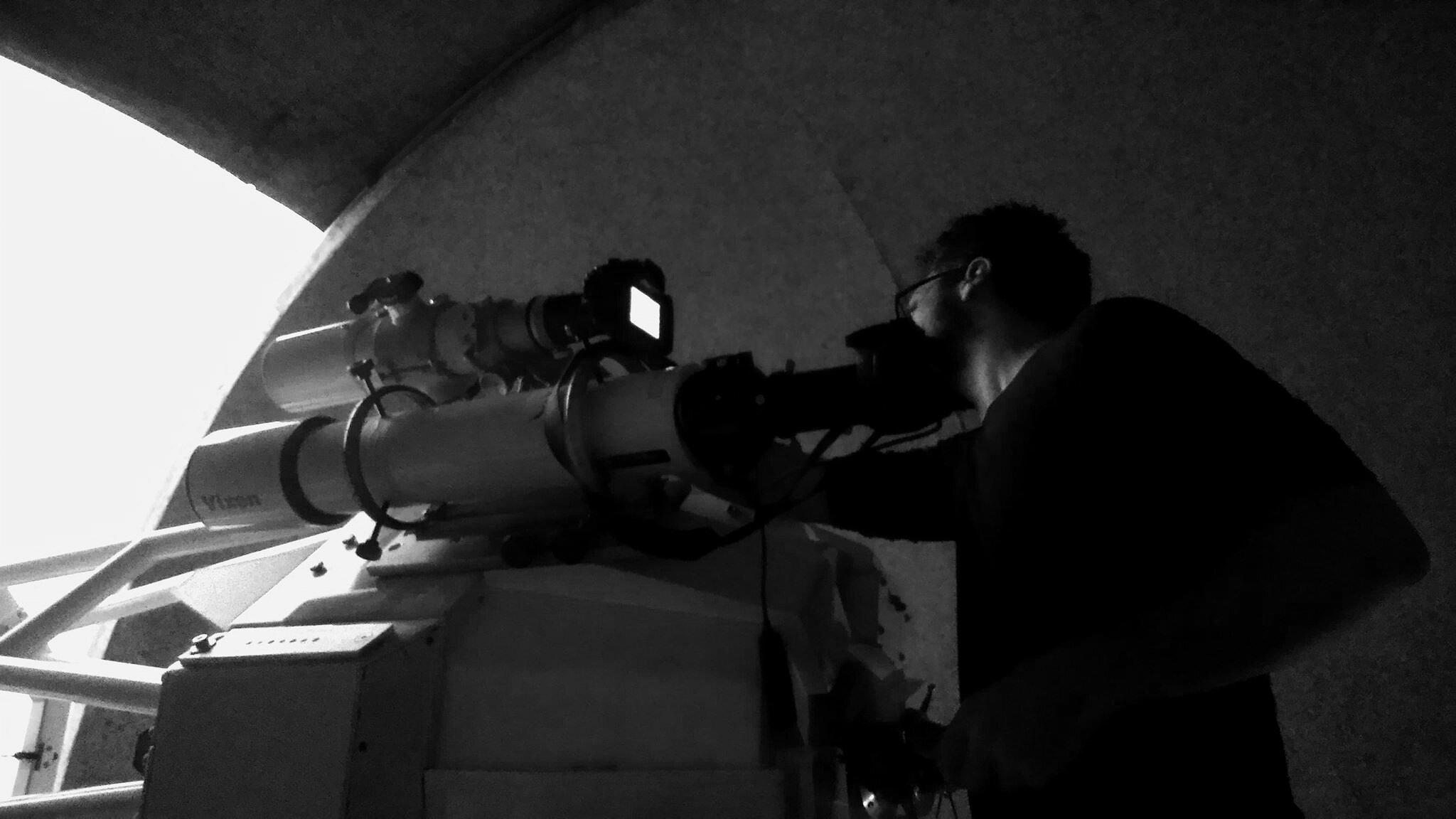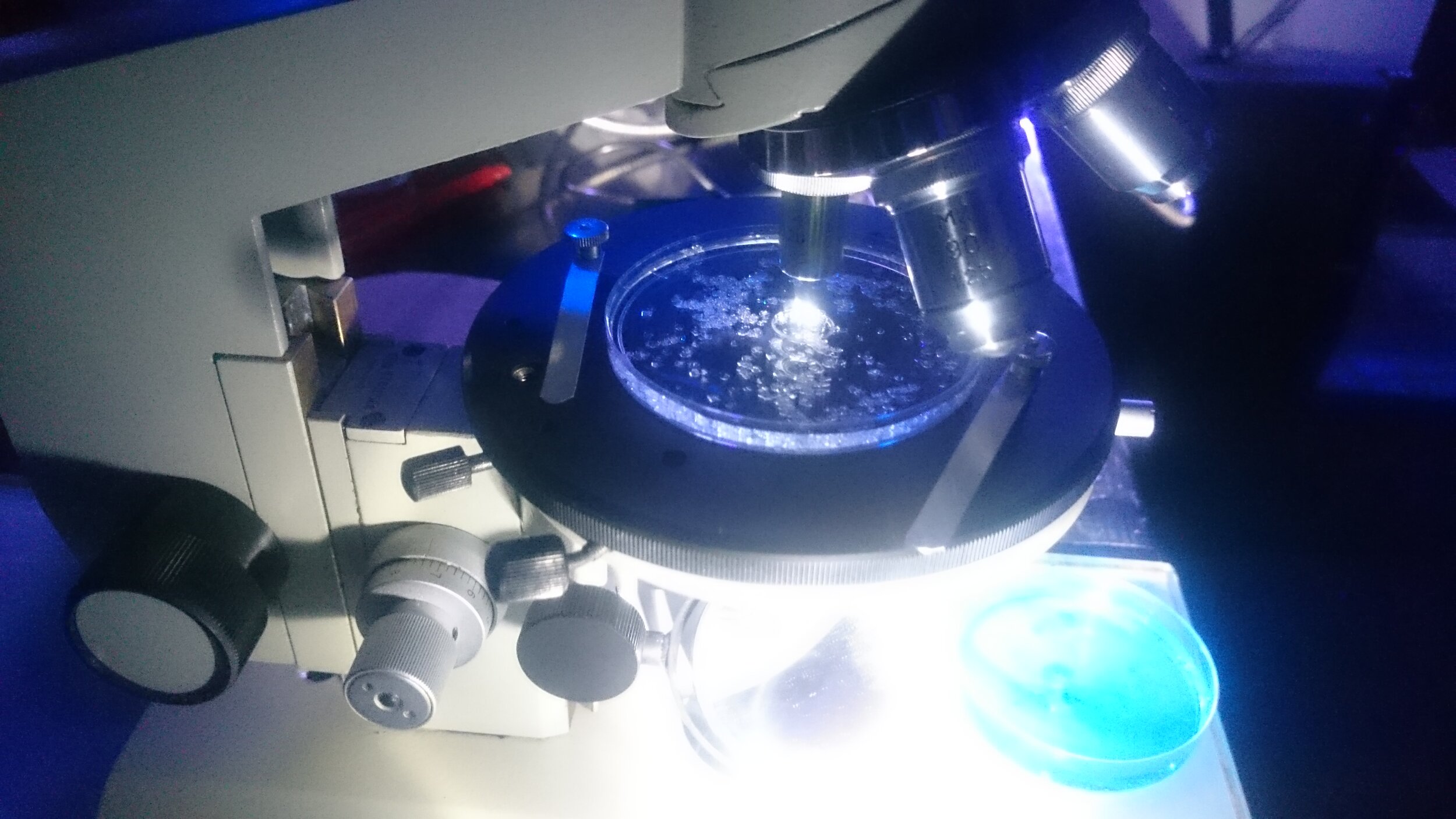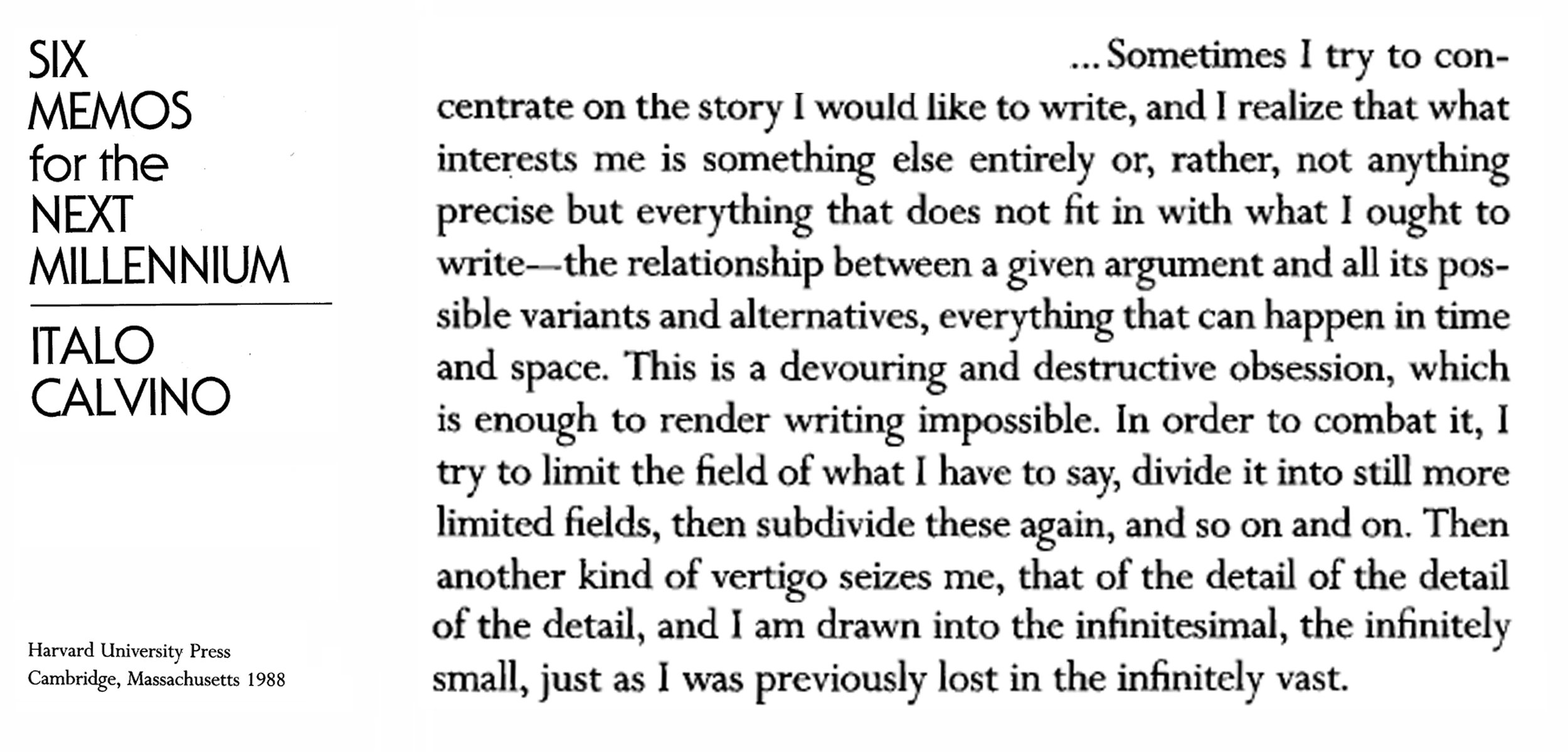A KNOT IN IDEA SPACE
Julia Set Lab kicked off in 2012, by the hands of filmmaker and producer Sandro Bocci together with a collective of freelance artists based in Italy.
Julia Set Lab is a visual research laboratory working with new technologies and handcraft tools to explore the most hidden and fascinating natural phenomena. We actively play to blur the boundaries between documentary and art, science and nature, everyday life and dreams.
We produce feature film, documentaries, immersive experience and we work as collaborators in projects for cinema and new media art.
Our works is characterized by a prominent use of footages with high magnification field of view. These types of images have a visual force unmatched by computer graphics. Generated by the fluid dynamics, chemical reactions or light instead of algorithmically-made digital content, they lend themselves to an immersive experience which is rich of the enigmatic reverberations of the unexpected.
Over the years we have had the opportunity to work on projects produced by National Geographic, Nutopia, Netflix, Sophisticated Films, Wild Bunch, Sycamore Pictures, IMAX Corporation, HBO, Buckeye Pictures, Waypoint Entertainment, FilmNation Entertainment, NHK.
JULIA SET Collective
Julia Set involves a collective of artists who have been collaborating in many of the projects over the years.
Maurizio Morganti: musician / art director
Giuseppe Petruzzellis: project manager / cinematographer / editor / colorist
Erica Amatucci, Sandro Bocci - ‘Voyage of Time’ premiere, Venice 73 - 2016 - Photo by Cinzia Camela
LABORATORY
Our laboratory based in Italy works with Experimental Cinematography, Practical FX and Visual Art
INSPIRATIONS
One of the forefathers of modern dynamical systems theory, Gaston Julia is best known as the creator of the Julia Sets. Julia was quite famous, especially among mathematicians, in the 1920s for his "Mémoire sur l'itération des fonctions rationnelles", published in the Journal de Mathématiques Pures et Appliquées (1918).
“The Mandelbrot set is the modern development of a theory developed independently in 1918 by Gaston Julia and Pierre Fatou. Julia wrote an enormous book — several hundred pages long — and was very hostile to his rival Fatou. That killed the subject for 60 years because nobody had a clue how to go beyond them. My uncle didn't know either, but he said it was the most beautiful problem imaginable and that it was a shame to neglect it. He insisted that it was important to learn Julia's work and he pushed me hard to understand how equations behave when you iterate them rather than solve them. At first, I couldn't find anything to say. But later, I decided a computer could take over where Julia had stopped 60 years previously.” Benoît Mandelbrot


